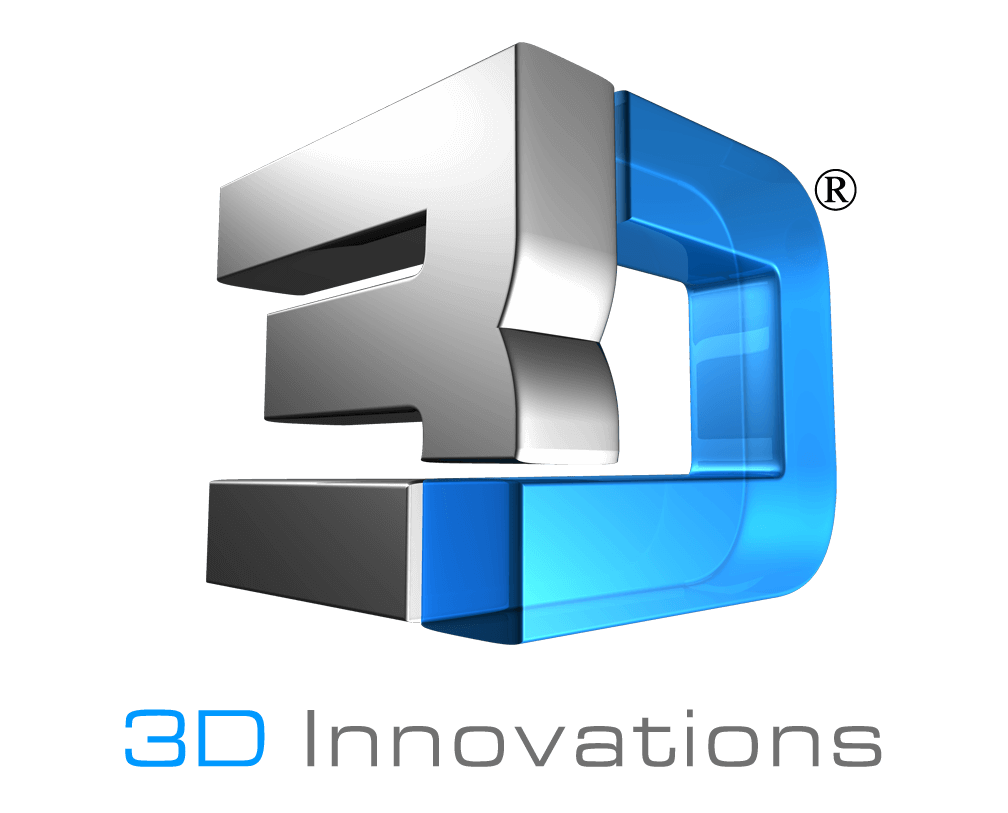“Failure should be our teacher, not our undertaker. Failure is delay, not defeat. It is a temporary detour, not a dead end. Failure is something we can avoid only by saying nothing, doing nothing, and being nothing.” – Denis Waitley
 Building a hardware startup is hard work, and the road to success is often dotted with moments of failure, however these moments of adversity make you stronger as an entrepreneur. We tend to perceive failure as more public than success, and try our best to avoid it so as not to be embarrassed. The simple truth is—no great success was ever achieved without failure. So in order to succeed in the world of hardware startups, you must first understand that failure is just a stepping stone to greatness. Below are three common failures experienced by hardware startups, and ideas on how to overcome these obstacles.
Building a hardware startup is hard work, and the road to success is often dotted with moments of failure, however these moments of adversity make you stronger as an entrepreneur. We tend to perceive failure as more public than success, and try our best to avoid it so as not to be embarrassed. The simple truth is—no great success was ever achieved without failure. So in order to succeed in the world of hardware startups, you must first understand that failure is just a stepping stone to greatness. Below are three common failures experienced by hardware startups, and ideas on how to overcome these obstacles.
Unachieved Funding Goal
The fact is that hardware startups are costly. Between product development and manufacturing, costs can add up quickly. While some entrepreneurs are able to bootstrap and fund the business themselves, more often than not, hardware entrepreneurs need to seek outside funding to help launch their product. If you are having trouble with funding, here are a few points to consider:
- Setup a crowdfunding campaign. Not all crowdfunding sites are equal. There are lots of crowdfunding websites out there, and you need to do your research to find which one aligns best with your product and brand. (Here is a Forbes article that outlines the top 10 business crowdfunding websites.) When it comes time to setup your campaign, take the time to plan it out, build your “story” and develop a quality video to help market yourself to potential backers. The more creative and organized your crowdfunding campaign is, the more likely you are to raise funds.
- Connect with Venture Capitalists. VCs can be intimidating. Many entrepreneurs are less willing to approach VCs because of certain preconceived notions—such as, they are too busy, will ask for too much business equity, or hard to do business with. While these might ring true for some VCs, it most certainly is not true for all Reach out to your business network and try connecting with VCs that have experience in your industry.
- Talk with industry experts. Meet with and interview experts in the industry your hardware startup is trying to break-in to. These experts have vast experience and might be able to point you towards funding opportunities.
- Reach out to family, friends and business associates. These people have a vested interest in you and want to see you succeed; therefore, they can make excellent investors. Be sure to approach family, friends and associates in a professional business manner and treat meetings with them like you would any other investor. You want them to know that you are serious about your startup and are ready to put in the time and effort to find success.
Target Market Lacks Interest
The main reason your target market will lack interest is because the product is not meeting their needs. You need to first define what the target market wants out of your product and then structure the foundation of your product around these desires. If you begin to build your audience while your product is still being developed, you will have people ready and eager to buy your product when it is available for sale.
- Market Research. Early in the product design process, reach out to your target market to solicit feedback. These are the people that you want to buy your product, so you need to be sure that you are meeting their needs. Use surveys, questionnaires and focus groups throughout the product development process to gauge customer interest.
- Build a Functional Prototype. Take your market research one step further and create a functional prototype, or multiple if it can easily be done, to let potential customers test out your product. Allowing them to test your product for a period of time will let them really get a feel for your invention and the feedback you receive will be more specific and in-depth.
High Manufacturing Costs
As a hardware startup, manufacturing is going to be your single biggest expense. Keeping costs low while your product is new to the market will help you reduce your risks and stay out of the red.
- Ramp up manufacturing volume slowly. Start off manufacturing your product locally and in small batches. Generally, working with a local manufacturer will result in a higher quality product because you are able to closely monitor the manufacturing process. While sending your product overseas to be manufactured from the offset can be tempting, there are inherent risks and the worst case scenario is that you rush into manufacturing a large order and are then stuck with inventory that you simply can’t sell.
- Negotiate, negotiate, negotiate. When you are researching manufacturing partners keep in mind that many things are negotiable. Yes, there will be unavoidable fixed costs, however there are also negotiable items and many manufacturers are willing to match or beat quotes from a competitor.
- Have the Deposit Available. Money talks. At the end of the day, the manufacturer wants to get paid. If you have the deposit readily available, you find yourself in a strong negotiating position.
Failure is not permanent and it does not have to be the end. While no one enjoys failing, it is a chance to learn, grow and refocus your energy.
_______
3D Innovations is a Product Development Company – from the 3D Design to a fully functional 3D Prototype & Product.
Subscribe to the 3D Innovations newsletter on our Facebook page!

